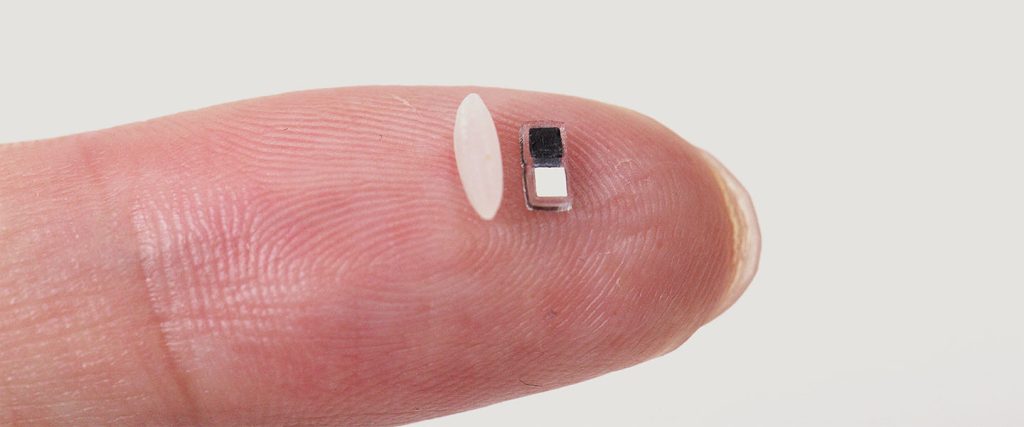Researchers have created the smallest pacemaker in the world, a wireless, injectable, temporary heartbeat regulator that is smaller than a grain of rice and dissolves when not in use.
Although still years away from human trials, the breakthrough device is being hailed as a game-changer in medical technology, with potential applications beyond cardiology.
Millions of people worldwide rely on permanent pacemakers, which stimulate heartbeats using electrical pulses. The new device, developed by a US-led team, aims to assist newborns with congenital heart defects who require a temporary pacemaker after surgery, as well as adults recovering from heart procedures.
Traditional temporary pacemakers require electrode wires sewn onto the heart muscle, which are connected to an external power device.
Removing these wires can sometimes lead to serious complications, as seen in the case of astronaut Neil Armstrong, who died in 2012 from internal bleeding after his pacemaker was removed.

The new wireless pacemaker, however, eliminates the need for such wires. At just 1 millimetre thick and 3.5 millimetres long, it is small enough to fit into the tip of a syringe and can be dissolved by the body once it is no longer needed—avoiding invasive procedures.
The device is controlled by a soft patch worn on the chest, which detects irregular heartbeats and automatically flashes light signals to regulate the heart’s rhythm. It is powered by a galvanic cell, which uses the body’s natural fluids to generate electrical pulses.
So far, the pacemaker has been successfully tested on mice, rats, pigs, dogs, and human heart tissue in the lab, according to a study published in Nature.
Senior study author John Rogers from Northwestern University told AFP that human trials could begin in the next two to three years. His lab has also launched a start-up to bring the technology to market.
Beyond cardiology, the underlying technology of the pacemaker could lead to advancements in nerve regeneration, wound healing, and smart implants, said Bozhi Tian from the University of Chicago, who called the device a “significant leap forward.”
Heart disease remains the leading cause of death worldwide, according to the World Health Organisation.


